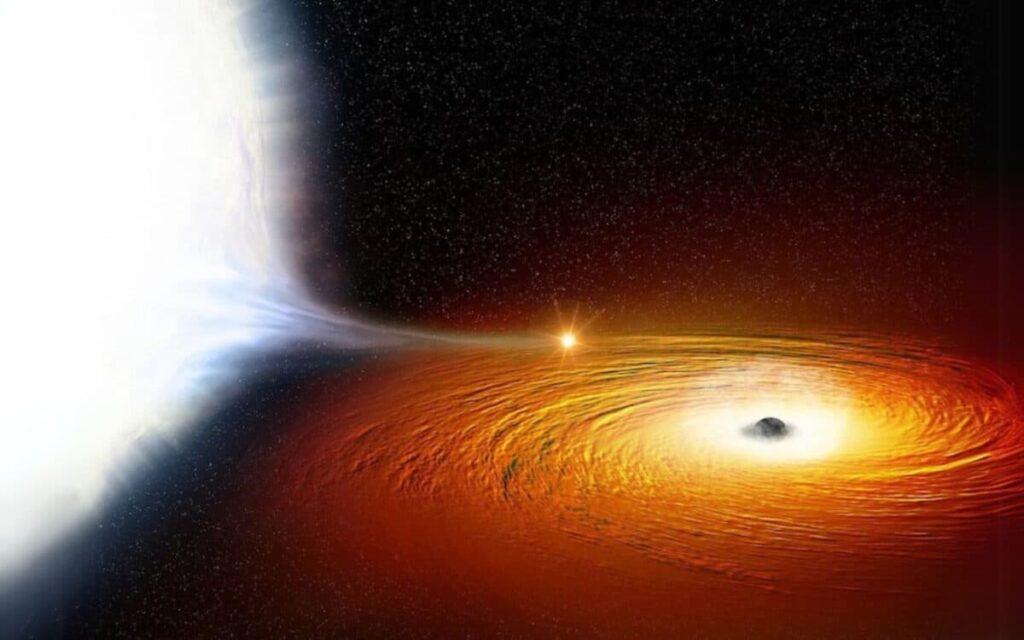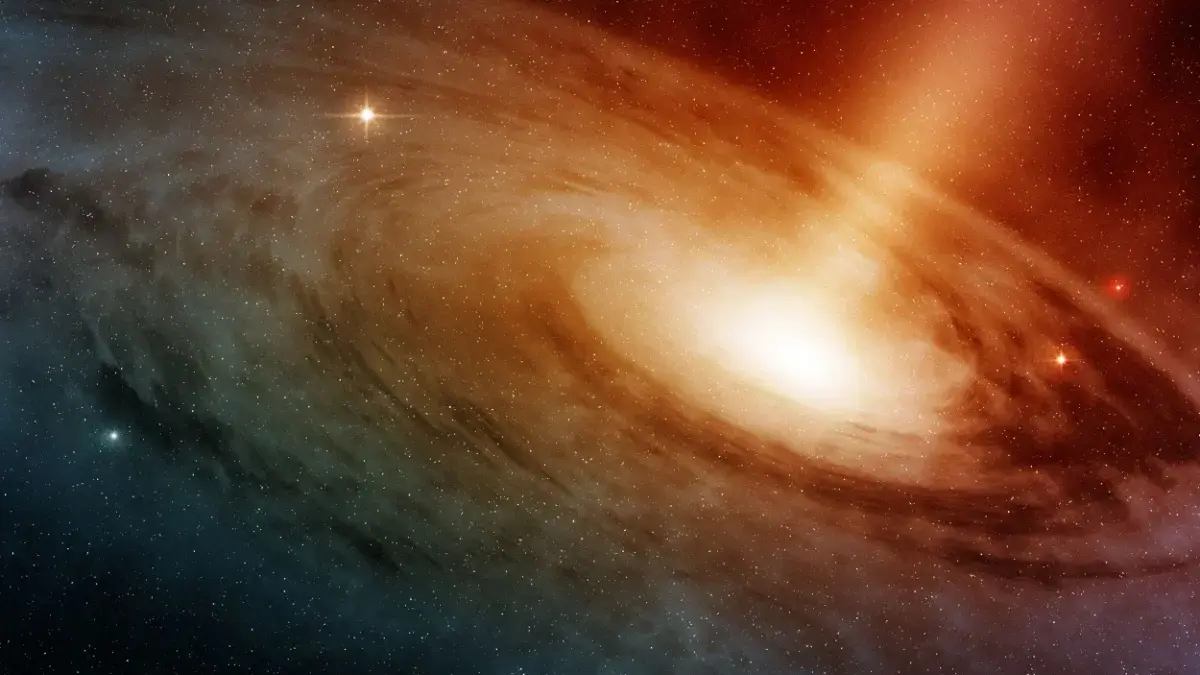A mysterious cosmic explosion, named EP240408a, was detected in April 2024, astonishing astronomers. The atypical characteristics of this event challenge existing classifications, particularly due to the initial similarities to gamma-ray bursts, followed by a deviation. The primary hypothesis suggests a tidal disruption event related to an intermediate black hole consuming a white dwarf, with intriguing X-ray emissions and an absence of radio signals, promising to reveal yet unknown phenomena.
The essence of the information
- A mysterious cosmic explosion was detected in April 2024, named EP240408a.
- The atypical characteristics challenge current classifications of cosmic events.
- The main hypothesis put forth is that it is a tidal disruption event related to an intermediate black hole consuming a white dwarf.
- The search for radio emissions remains crucial to confirm the nature of this unique event.
A mysterious cosmic explosion stuns astronomers
In April 2024, a strange cosmic event was detected, named EP240408a. This explosion has generated significant interest within the astronomical community, as its atypical characteristics challenge current classifications of cosmic events. Initial observations appeared similar to those of gamma-ray bursts, but the evolutionary trajectory of this event has developed in surprising ways.
An intriguing hypothesis
The primary hypothesis put forth by researchers is that EP240408a could be a tidal disruption event (TDE) related to an intermediate black hole consuming a white dwarf. This phenomenon has been observed in other ways, but this specific instance appears to possess unique characteristics. In fact, although X-ray radiation has been detected, the absence of radio signals has intrigued scientists.

A transient phenomenon
The X-ray radiation accompanying this event lasted for 10 seconds, followed by persistent light observed over a period of four days. However, the observed behavior does not align with classical gamma-ray bursts or supernovae, which are two well-documented types of events in astrophysics. The lack of radio signals, which are typically present in high-energy events, raises crucial questions about the true nature of this event.
Multiple observations, diverse results
Astronomers have used various telescopes to observe EP240408a, including NuSTAR, Swift, Gemini, Keck, and the VLA. Each of these facilities has provided valuable data, but the search for radio emissions remains essential to confirm or refute existing hypotheses. A prolonged absence of these signals could indicate the existence of a phenomenon that is even newer and more complex than those currently recognized.
The search for cosmic mysteries
Recent observations have highlighted fundamental questions about our understanding of cosmic events and their classification. If astrophysicists can detect radio emissions in the future, this could strengthen the hypothesis of a tidal disruption event. Otherwise, the absence of radio signals may indicate the emergence of a type of event that science has yet to identify.
James Webb Offers an Unprecedented View of the PDS 70 System
An uncertain future for astronomy
The discovery of EP240408a opens the door to new research avenues in the field of astronomy. Scientists are faced with an exciting challenge that could redefine their understanding of cosmic phenomena. It is clear that the quest for knowledge in this area has only just begun, and events like this could very well change our perception of the universe.

